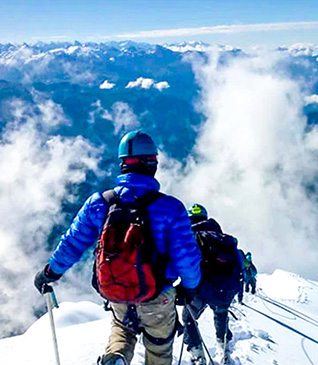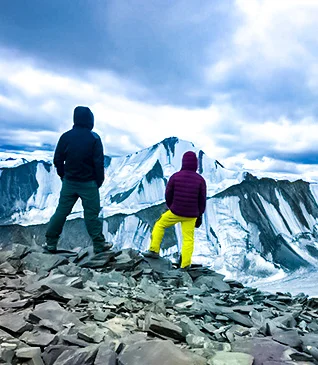Trekking at high altitudes has become quite popular in our country in the last decade. Adventurers from all walks of life, venture to the mountain to realise their dreams of climbing the peaks and get a taste of mountain life. Navigating through the rugged terrains of the mountains and witnessing the beautiful views makes for quite an exhilarating experience. At Trek The Himalayas, we always strive to provide you with the best possible Himalayan experience. However, in between the thrill and excitement, there is one thing that is extremely crucial and it is safety. For us, safety is the cornerstone on which our adventure depends. Over the years of our service, we have received the moniker of being the Safest Adventure Provider in the country and we have done so by following stringent safety protocols.
Trekking at high altitudes often means traversing remote and untouched terrains. As the altitude increases, so do the challenges. At Trek The Himalayas, we recognize the inherent risks of high-altitude adventures and prioritize safety as a non-negotiable element of our adventures. Rigorous planning, experienced guides, and adherence to acclimatization protocols are pivotal in mitigating risks. Safety measures encompass everything from the selection of appropriate gear to real-time weather monitoring and contingency plans for emergencies. We make sure that all our safety protocols are in place before we venture into any trek. So here’s how we uphold the safety measures to give you a safe and enjoyable experience.
- Essential Safety Equipment for High-Altitude Treks
%20(1).webp)
The unpredictable nature of the mountains makes it important to have all the necessary safety measures in place before embarking on an adventure. Sometimes the weather situations are adverse, or sometimes the terrain may be tricky or there may be chances of accidents and altitude sickness. To tackle all such issues and mitigate risks, we are equipped with high-quality safety equipment.
Medical Equipment we carry
→ Oximeter: A vital tool to monitor oxygen levels, the oximeter is indispensable in detecting early signs of altitude-related issues.
→ BP Machine: Essential for measuring blood pressure, providing crucial information about a trekker's cardiovascular health at varying altitudes.
→ HAPO Bag: High Altitude Pulmonary Edema (HAPO) can be a serious concern. The HAPO bag assists in providing immediate pressurized oxygen in case of emergencies.
→ Oxygen Cylinders: Portable oxygen cylinders serve as a lifeline, ensuring a quick supply of oxygen in critical situations.
→ First Aid Box: Equipped with emergency medicines, bandages, and medical supplies, the first aid box is a comprehensive solution for minor injuries and health concerns.
Communication Equipment
→ Walkie-Talkie: A reliable means of communication between trekkers, guides, and the trek leader, especially in areas with limited mobile network coverage.
→ Whistles: A simple yet effective tool for signalling, whistles serve as an audible alert in case of emergencies or when visual communication is not possible.
→ Satellite Phones: In remote regions where traditional communication methods may fail, satellite phones provide a crucial link to emergency services and assistance.
Technical Equipment
→ Ropes: Vital for navigating steep ascents and descents, ropes ensure the safety of trekkers, especially in challenging terrains.
→ Stretchers: In the event of a medical emergency, stretchers facilitate the safe evacuation of an injured trekker, minimizing further risks.
- Understanding the terrain
%20(1).webp)
High-altitude terrain is quite different from the ones that you live in the towns and cities. Rocky paths, meadows, moraines, boulders, forests and many things combined together form the mountain wilderness. Trek The Himalayas begin the trekking journey long before the first step is taken. Before we open any trail, we ensure that we have an impeccable idea of the terrain, we are going to run the trek in. Doing this, helps us plan the safest trekking route. Thorough terrain assessments serve as the first line of defence against potential risks. Identifying challenging sections allows for the implementation of appropriate safety measures. It also aids us in strategically planning acclimatization points, ensuring that trekkers adapt to changes in altitude gradually and safely.
- Experienced Trek Leaders and guides
%20(1).webp)
Trek The Himalayas stands apart by ensuring that every trek is led by mountaineering-certified leaders. These leaders bring a wealth of experience and knowledge to the trails, having conquered challenging peaks and navigated through diverse terrains. Mountaineering certification signifies an in-depth understanding of mountain navigation, weather patterns, and emergency protocols. Our Trek Leaders are trained to adapt to different mountain conditions and make prompt decisions whenever necessary.
Also, it’s not just the Trek Leaders, our entire outdoor staff holds Wilderness First Aid Responder certifications, enabling them to provide immediate and effective care in critical situations. The Wilderness First Aid Responder certification equips the staff with comprehensive medical knowledge tailored to the unique challenges of trekking environments. Trekkers can rest assured that they are in the hands of professionals capable of handling a range of medical situations. We also give each and every one of our staff CPR training. : Cardiac emergencies, though rare, demand specific skills and in the unlikely event of a cardiac emergency, immediate and correct life-saving measures can be administered until further medical assistance is available.
- Acclimatization Protocols
Acclimatization is the body's remarkable ability to adapt to reduced oxygen levels at higher altitudes. It involves physiological changes, such as increased production of red blood cells, to enhance oxygen-carrying capacity. The primary goal of acclimatization is to prevent altitude sickness, a condition that can occur when ascending too rapidly. Symptoms range from mild discomfort to severe complications, and acclimatization is a proven method to mitigate these risks.
Acclimatization measures
%20(1).webp)
→ Incorporating Rest Days: Trek The Himalayas' itineraries are crafted with precision, strategically incorporating rest days at specific altitudes. These breaks serve as a crucial pause, allowing trekkers to acclimatize and minimize the risk of altitude-related issues.
→ Exploration at Higher Altitudes: During acclimatization days, trekkers engage in gentle exploratory walks at higher altitudes. These activities not only aid in acclimatization but also offer an opportunity to soak in the natural beauty and cultural richness of the region.
→ Hydration and Nutrition Focus: Emphasis is placed on proper hydration and nutrition, supporting the body's adaptive mechanisms and enhancing overall well-being during the trek.
→ Monitoring Health Parameters: Trek leaders and guides, continuously monitor trekkers' health parameters during acclimatization days. This proactive approach ensures that any signs of discomfort or altitude-related symptoms are addressed promptly.
- Weather Monitoring & Contingency Plans

Weather at a high-altitude trek is completely unpredictable. Swift changes, from clear skies to sudden storms, are not uncommon, demanding constant vigilance and adaptability. From scorching sun at lower altitudes to freezing temperatures at higher elevations, trekkers traverse through a spectrum of temperature extremes. This diversity adds layers of complexity to the trekking experience.
→ We constantly monitor the weather forecast provided by the meteorological department and are up to date with all kinds of weather alerts.
→ Our local guides are ntimately familiar with regional weather patterns. Their insights, add a layer of contextual understanding to weather forecasts.
→ Trek The Himalayas strategically incorporates this information into daily itineraries, optimizing routes and activity schedules based on expected weather conditions.
→ In the event of extreme weather conditions, Trek leaders equipped with walkie-talkies and satellite phones ensure swift communication with support teams or emergency services if needed.
So, if you are planning your next Himalayan adventure, you can trust us to be your safest service provider but without any compromise on enjoyment!
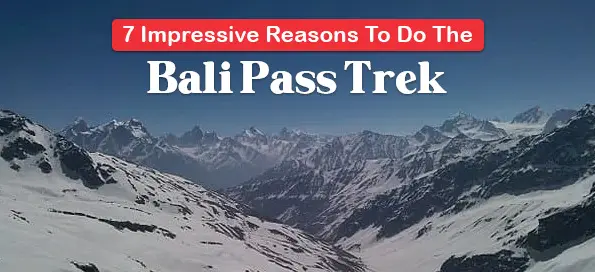
7 Impressive Reasons To Do The Bali Pass Trek

CHAR DHAM YATRA PACKAGE
.webp)
Buran Ghati and Rupin Pass Two Mesmerizing Treks in Himachal
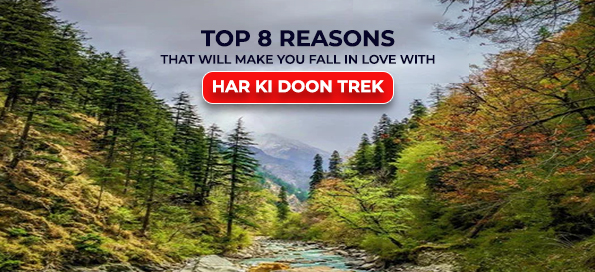
Top 8 Reasons That Will Make You Fall in Love with Har Ki Doon Trek
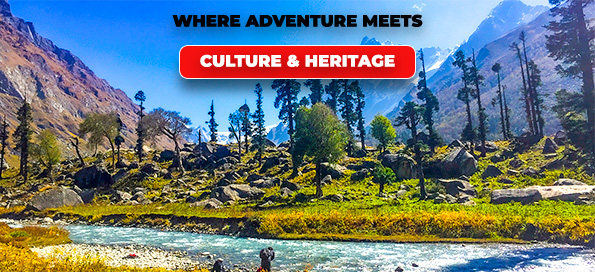
Where Adventure Meets Culture & Heritage
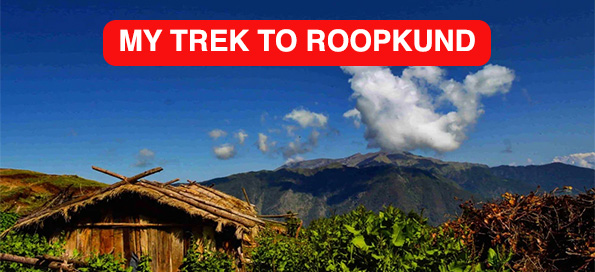
MY TREK TO ROOPKUND
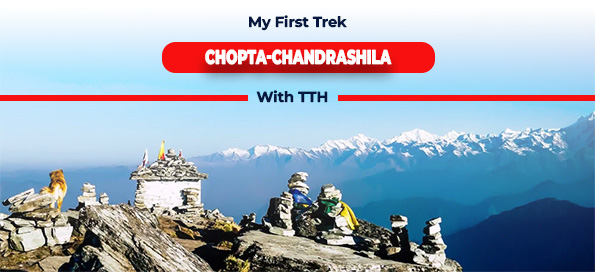
My First Trek Chopta-Chandrashila with TTH
.jpg)
A Tale of Har Ki Doon Trek
.jpg)
Bramhatal Trek
.jpg)
How to measure Chadar trek (and perhaps some bit of life)?
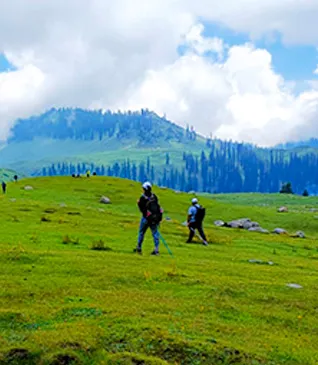
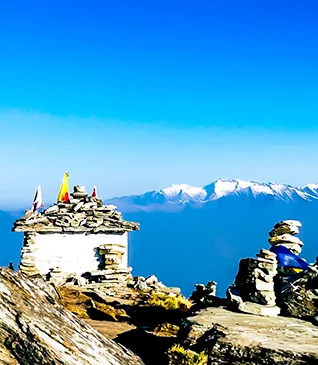
.webp)
.webp)
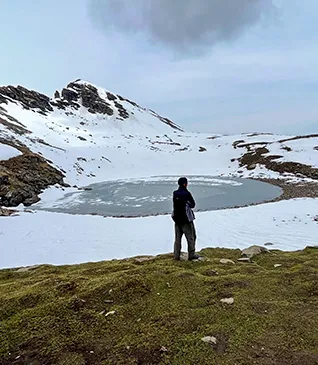
.webp)
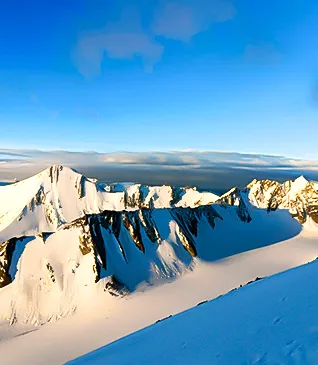
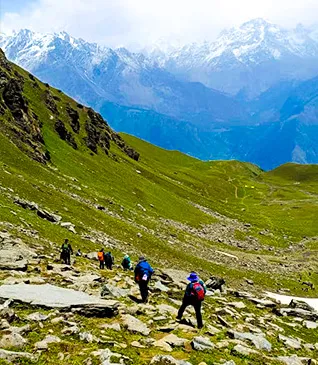
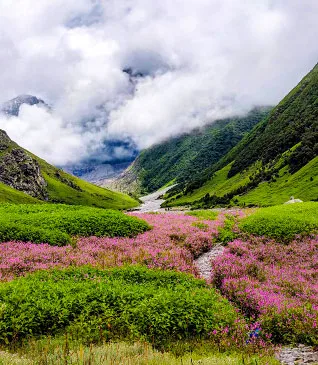
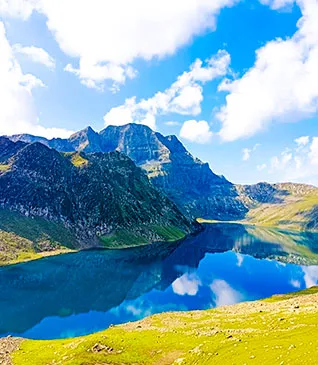
.webp)
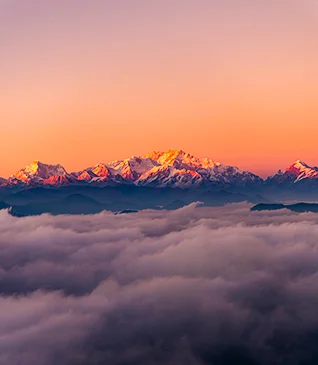
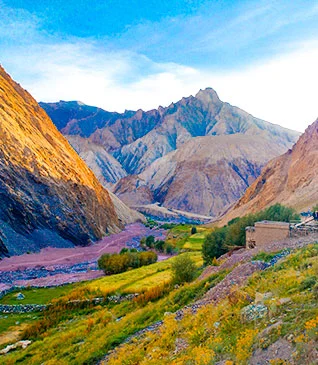
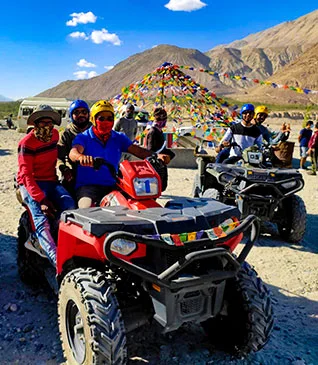
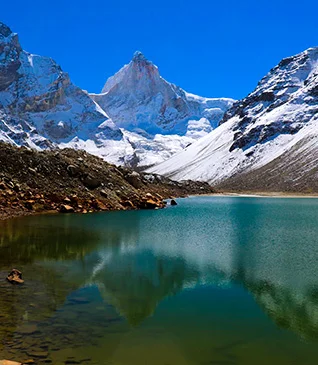
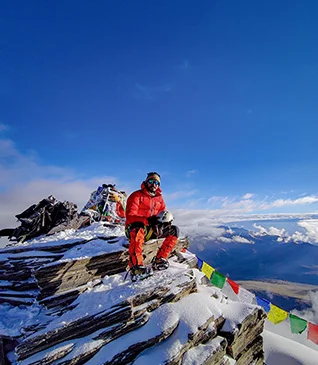
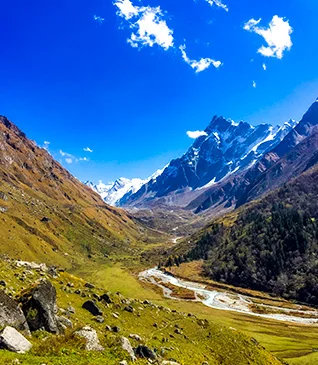
.webp)
.webp)
